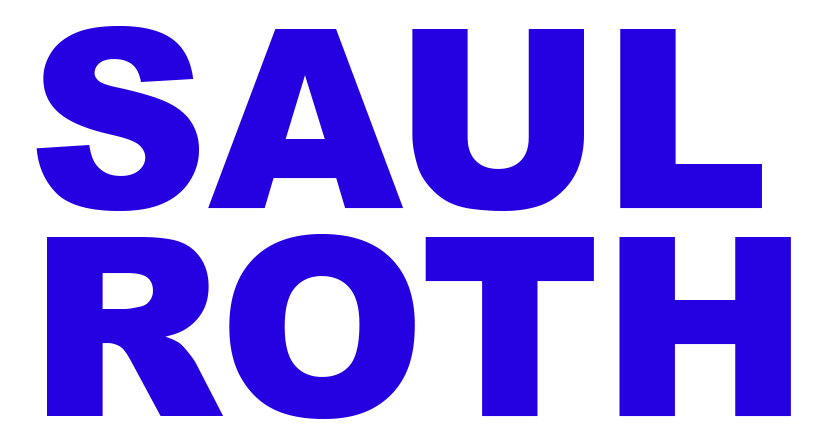
Image Credit: Pixabay
By Saul Roth
Embezzlement is a crime that involves the theft or misappropriation of funds that have been entrusted to an individual. It is a type of white collar crime that is often committed by individuals who are in positions of trust, such as employees, business owners, or government officials.
One of the key features of embezzlement is that the perpetrator is someone who has been entrusted with the stolen funds. This means that the victim of the crime is typically an employer, business partner, or other individual who has given the embezzler access to their money or property. The embezzler may use their position of trust to steal small amounts of money over time, or they may take a large sum all at once.
Embezzlement can take many forms, and the specific laws that apply to the crime can vary depending on the location and circumstances of the offense. In general, however, embezzlement is punishable by fines, imprisonment, or both. The severity of the punishment often depends on the amount of money that was stolen, as well as the position of trust that the embezzler held.
One of the reasons that embezzlement is such a serious crime is that it often goes undetected for long periods of time. Because the embezzler is in a position of trust, they may be able to conceal their theft for months or even years. This means that the victim of the crime may not even realize that they have been defrauded until it is too late to recover their losses. Additionally, because the embezzler typically has access to the victim’s financial records, they may be able to cover their tracks by altering or falsifying documents.
Despite the serious nature of embezzlement, it is a crime that is surprisingly common. In fact, according to the Association of Certified Fraud Examiners (ACFE), embezzlement is the most common form of occupational fraud. The ACFE estimates that embezzlement costs businesses and organizations billions of dollars each year.
Embezzlement can be difficult to detect and prosecute, but there are steps that individuals and organizations can take to prevent or mitigate the damage caused by this crime. One of the most important ways to prevent embezzlement is to establish clear policies and procedures for handling money and other assets. This can include regular audits and reviews of financial records, as well as training for employees on how to handle and protect sensitive information.
Another effective way to prevent embezzlement is to promote a culture of integrity and accountability within the organization. This can include implementing codes of conduct and ethics, as well as encouraging employees to report any suspicious behavior or potential fraud. By fostering a culture of honesty and transparency, organizations can create a deterrent to embezzlement and other forms of financial fraud.
In addition to prevention, there are also steps that organizations can take to mitigate the damage caused by embezzlement. This can include implementing fraud detection systems, such as software that can identify suspicious transactions or anomalies in financial records. By monitoring financial transactions and analyzing data, organizations can identify potential embezzlement and take action to recover stolen funds.
In conclusion, embezzlement is a serious crime that can have significant financial and legal consequences for both the perpetrator and the victim. By implementing effective prevention and detection measures, individuals and organizations can protect themselves from this type of financial fraud.

Recent Comments